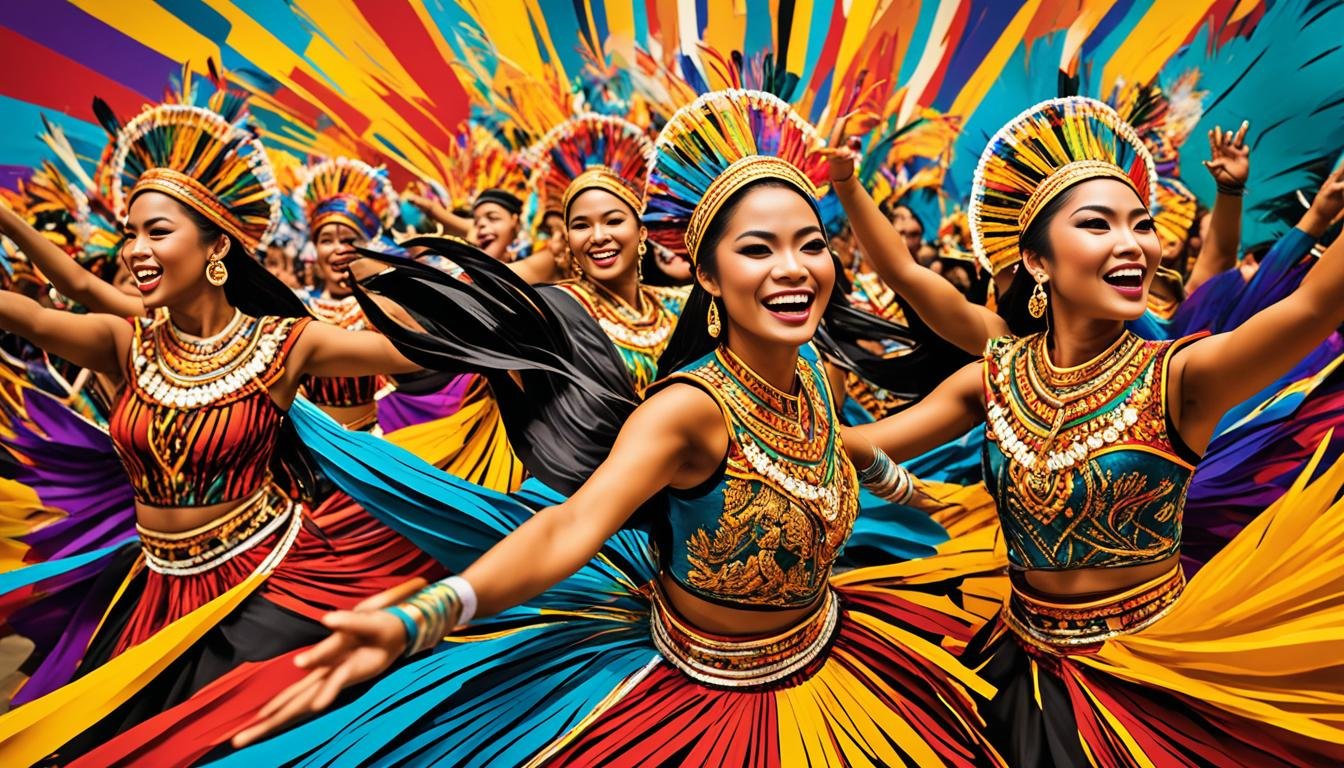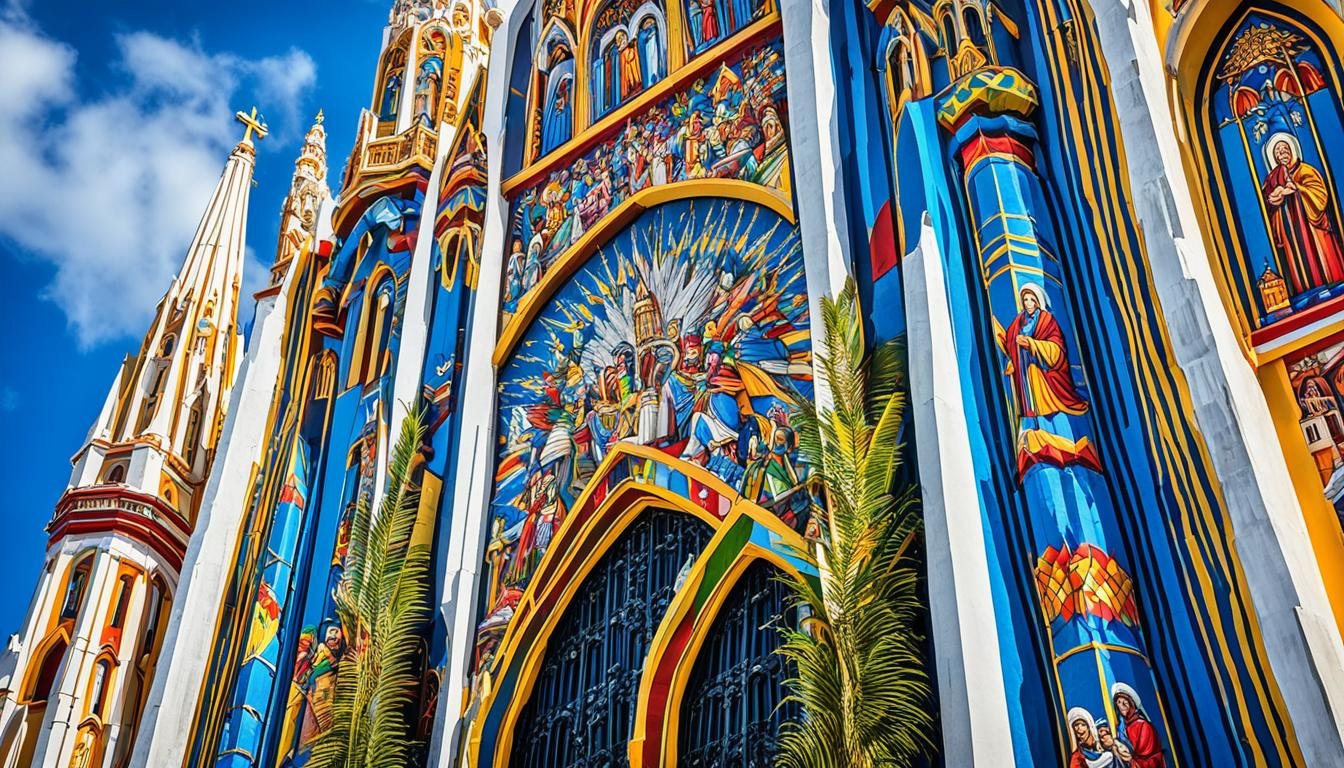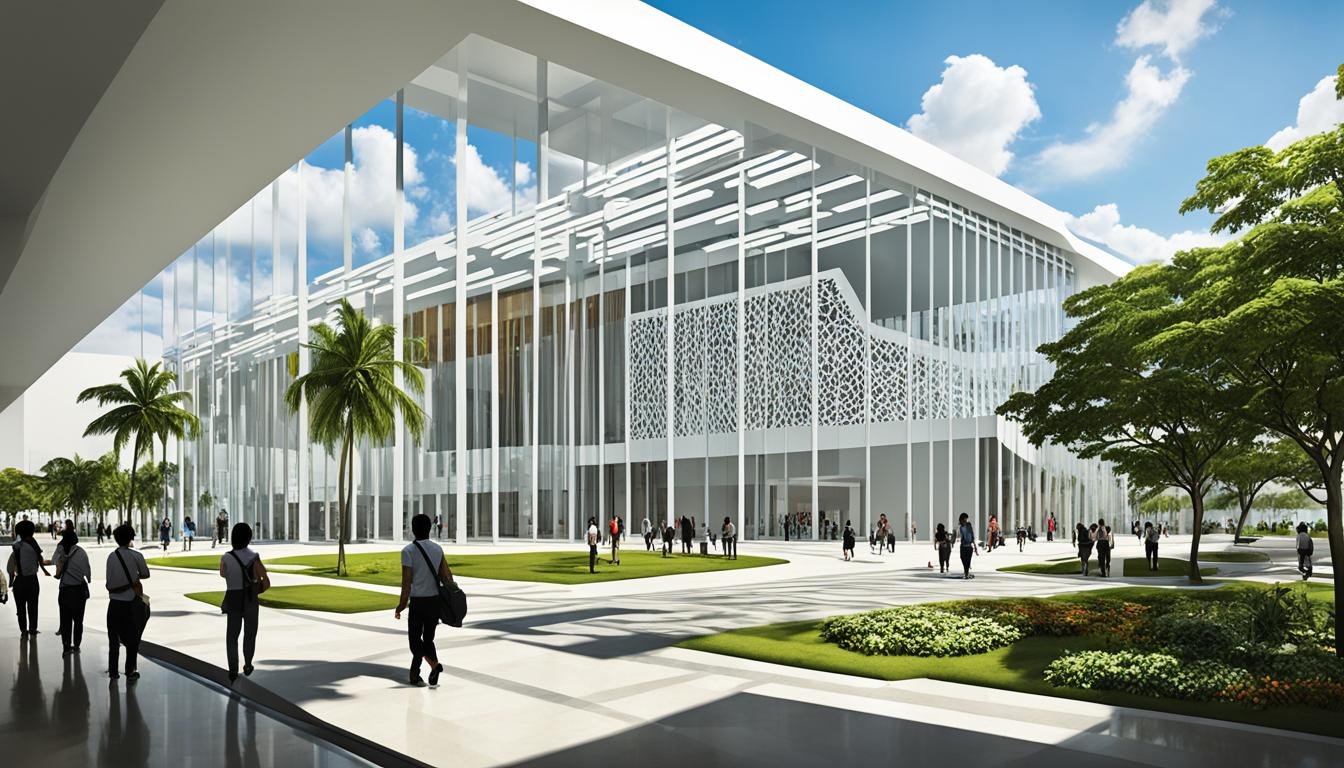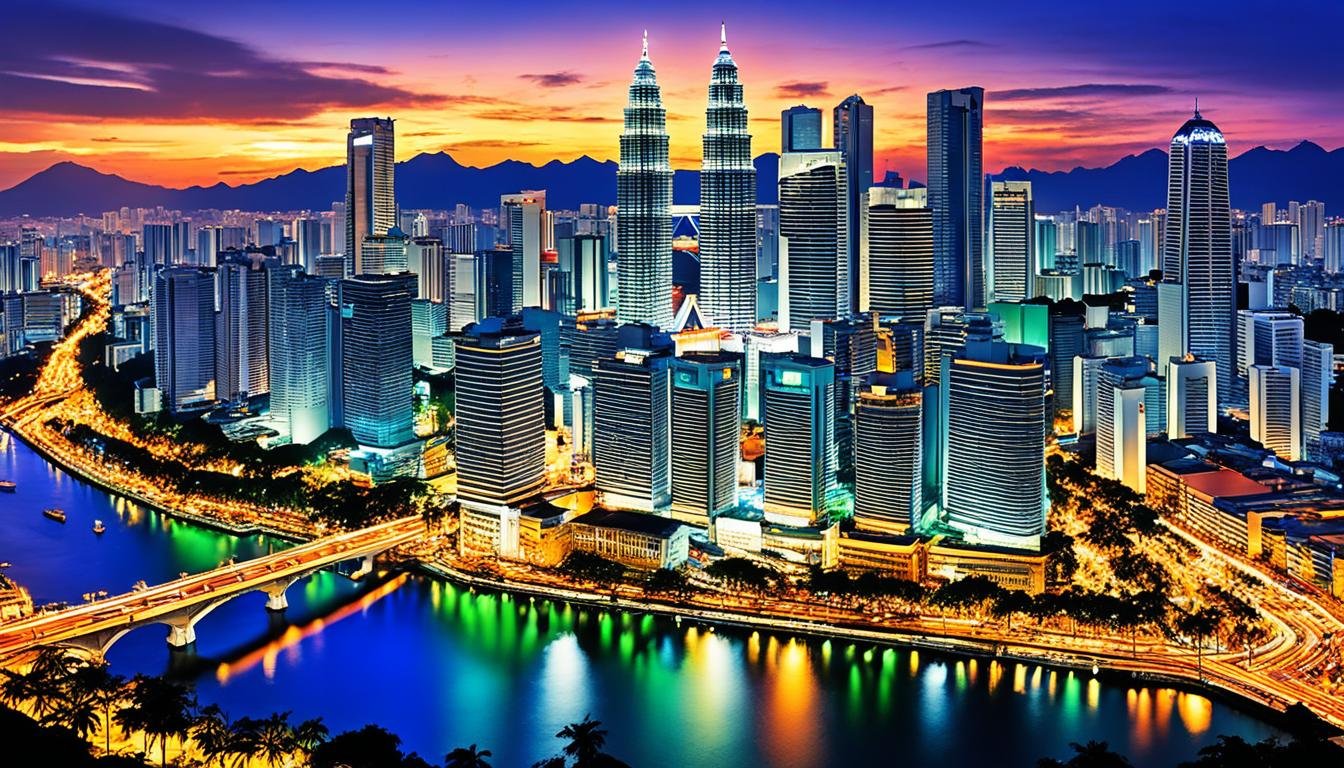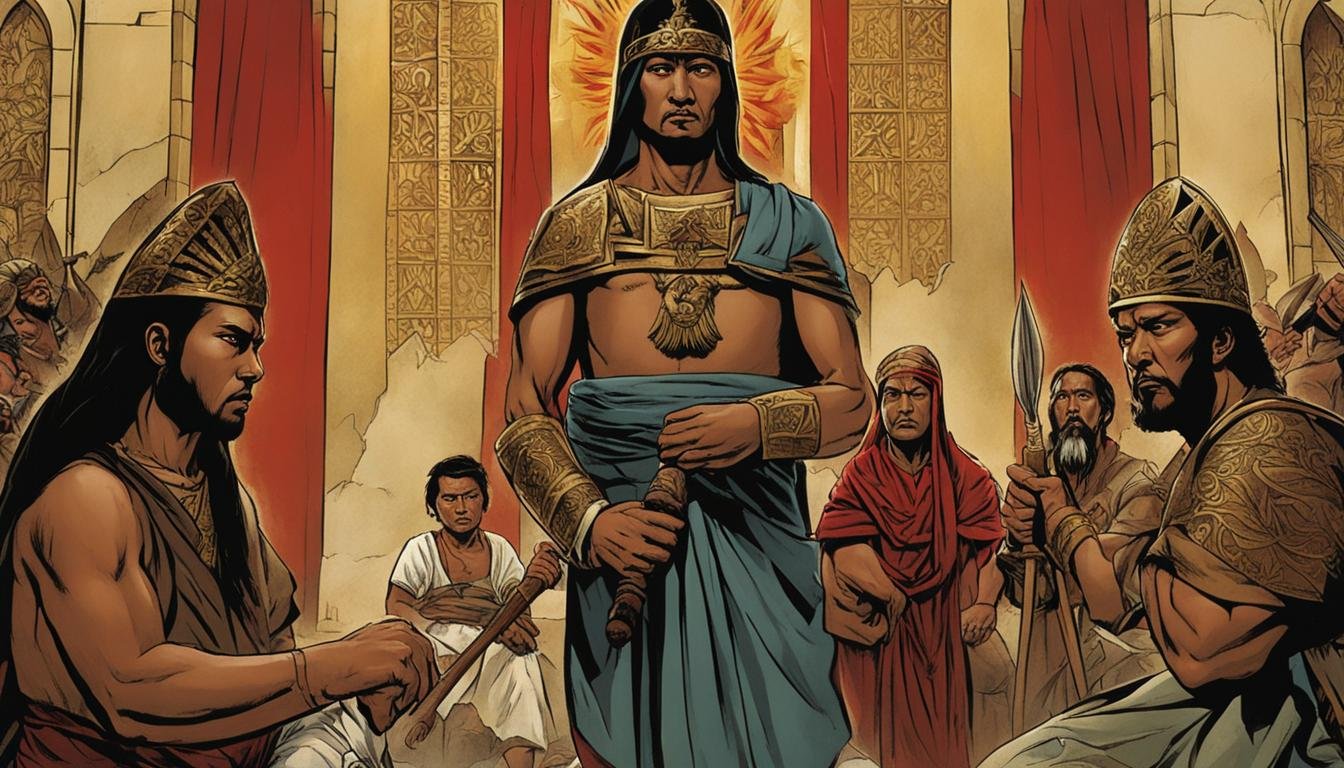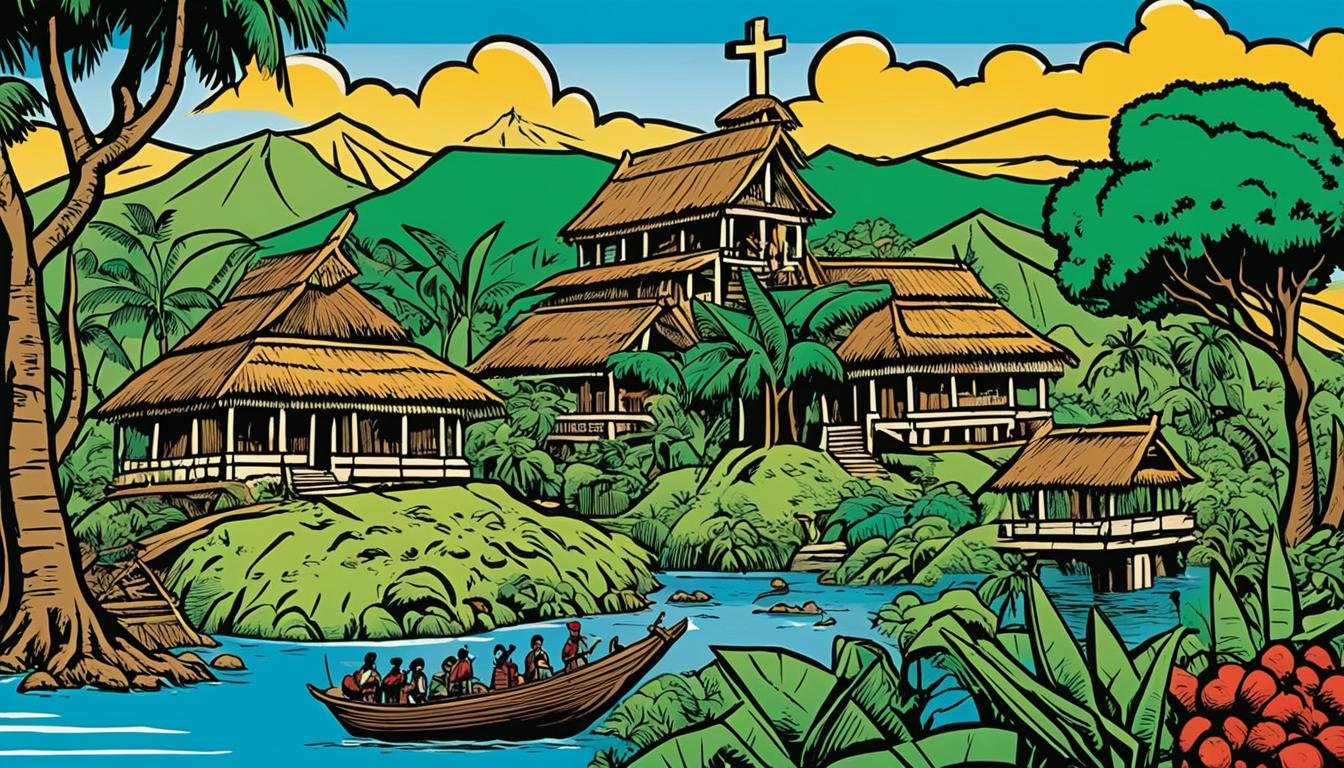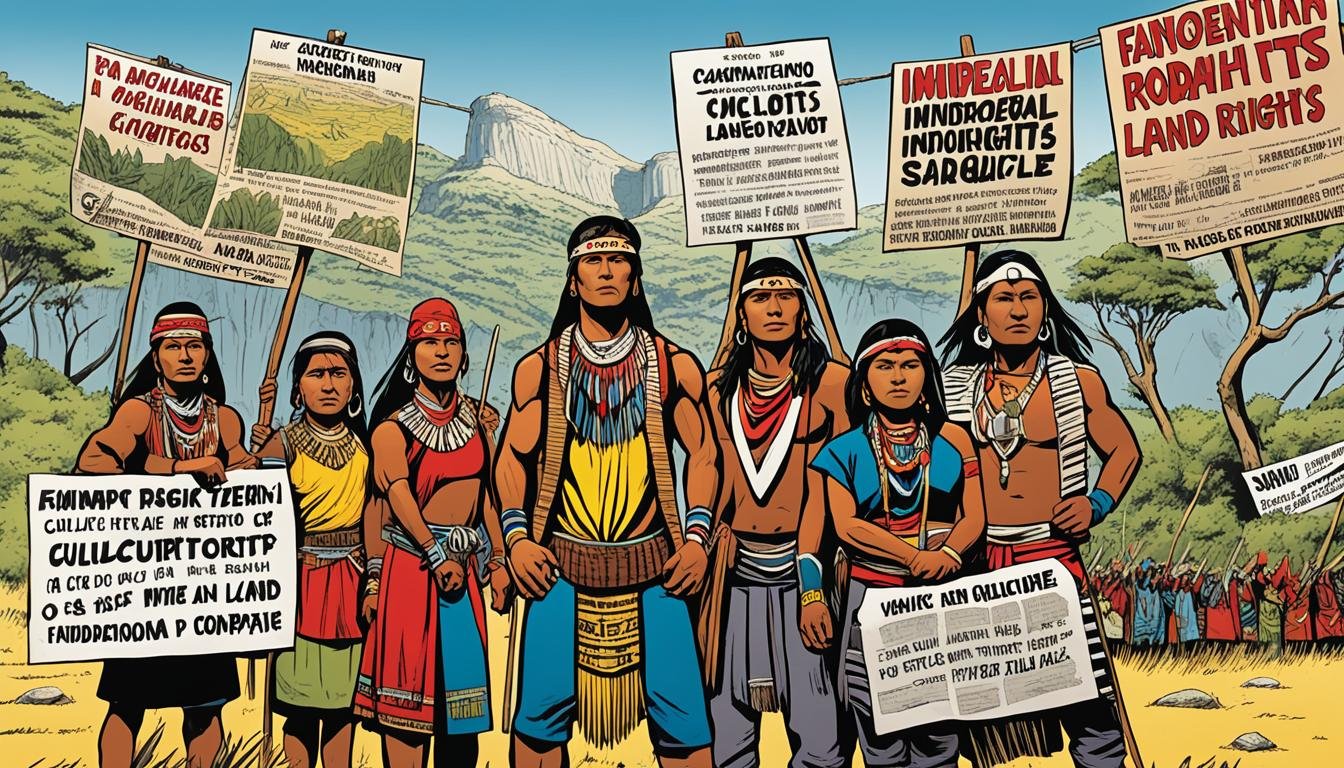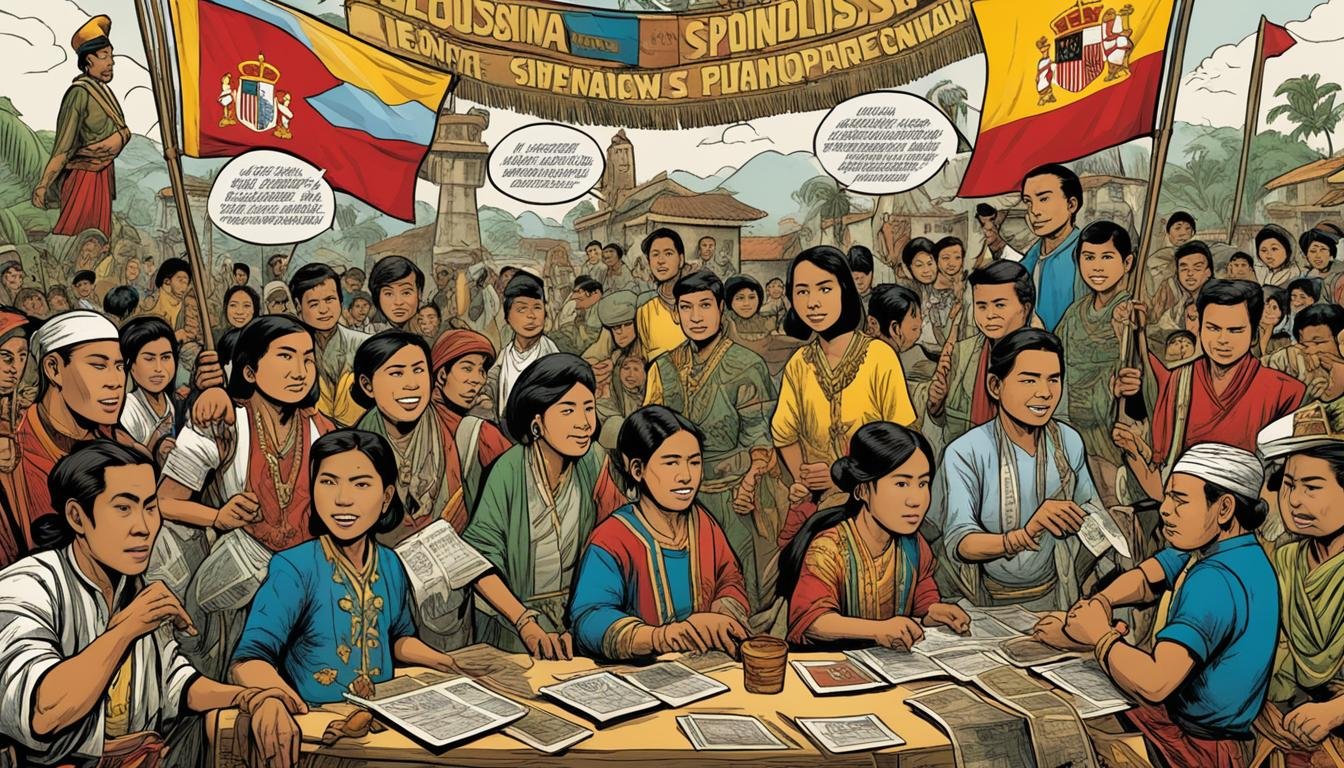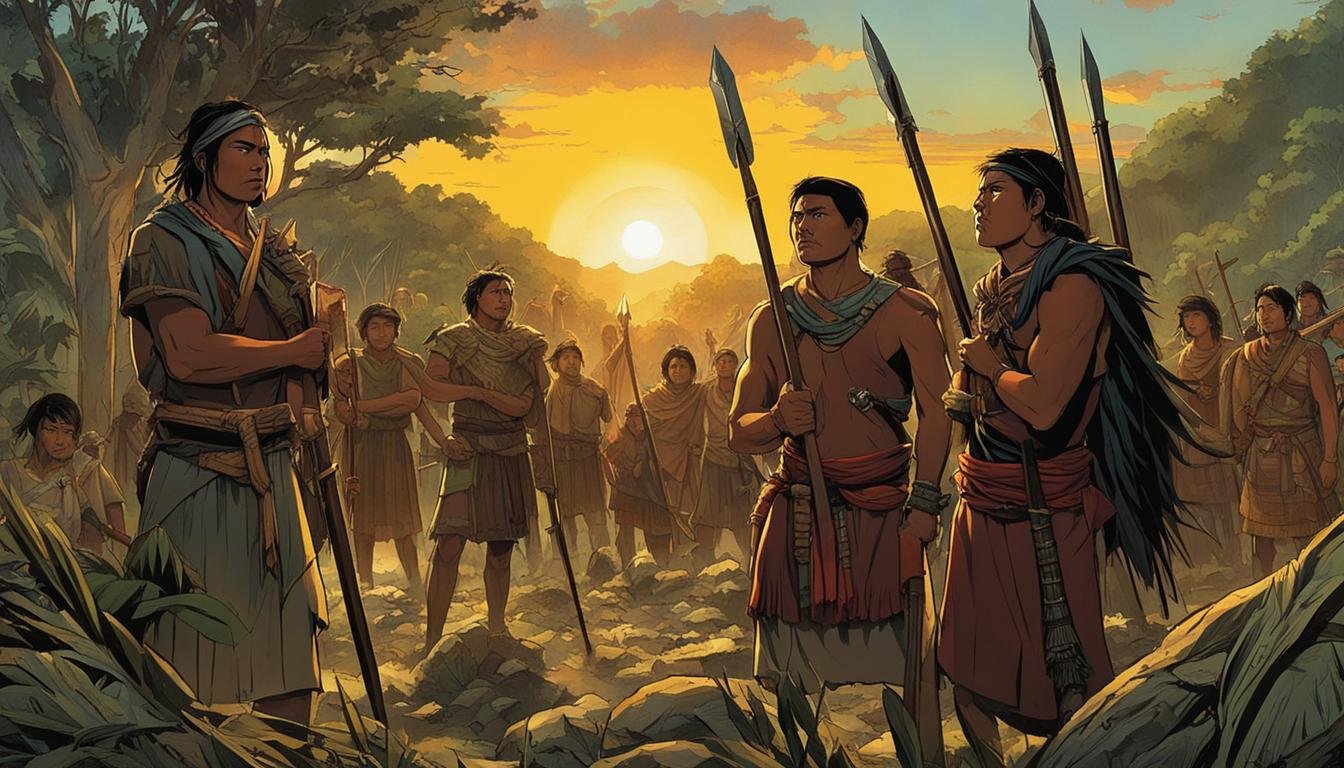The air in Cebu City crackles with an unparalleled energy every January. Millions converge on the “Queen City of the South” to participate in or witness one of the grandest and most vibrant celebrations in the Philippines: the Sinulog Festival. At the heart of this massive event, intertwining deep religious devotion with spectacular cultural expression,…
The Basílica Menor del Santo Niño de Cebú: A Historical and Religious Landmark
The Basílica Menor del Santo Niño de Cebú stands as a testament to centuries of faith and history, deeply embedded in the narrative of the Philippines. More than just a church, it is a vital Historical Landmark and a pivotal Religious Landmark, housing the revered image of the Santo Niño de Cebú, the oldest Christian…
Chapel of San Pedro Calungsod: A Modern Marvel in Cebu
In the bustling, rapidly developing landscape of Cebu City stands a structure that is at once strikingly modern and deeply rooted in centuries of history and faith: the Chapel of San Pedro Calungsod. Located within the sprawling South Road Properties (SRP), this architectural gem serves not merely as a place of worship but as a…
Manila’s Role as Capital
Manila, a city steeped in history and vibrant with the pulse of modern Philippine life, has held a singular position at the heart of the archipelago for centuries. Its role as capital is not merely an administrative designation but a narrative woven through the fabric of the nation’s past, defining its political, economic, and cultural…
Coercive Tactics Used by Spanish Authorities to Convert Philippine Natives to Christianity
The arrival of Ferdinand Magellan in 1521 marked the initial, albeit brief, contact between the Spanish Crown and the archipelago that would later be known as the Philippines. While Magellan’s encounter in Cebu led to the first recorded conversions to Christianity in the islands, it was the subsequent expedition led by Miguel López de Legazpi…
Spanish Colonialism Impact on the Country’s Economy and Environment
The arrival of Spain in the Philippine archipelago in the 16th century marked a pivotal turning point in the history of the islands, ushering in over three centuries of colonial rule. This era brought about radical transformations that deeply affected nearly every facet of life, from social structures and political organization to cultural practices and…
Spanish Colonizers’ Significant Impact on the Philippines’ Natural Resources and Environment
The history of the Philippines is intrinsically linked to its rich endowment of natural resources. From its diverse forests and fertile lands to its mineral wealth and abundant marine life, these resources have shaped the archipelago’s cultures, economies, and interactions for millennia. However, the arrival of the Spanish in the 16th century marked a fundamental…
Indigenous Communities in the Philippines Have Been Fighting for Their Ancestral Land Rights for Centuries
The history of the Philippines is often told through the lens of colonial conquest and national liberation. Yet, beneath this dominant narrative lies a deeper, more enduring struggle: the centuries-long fight of its indigenous communities for the recognition and protection of their ancestral lands. From resisting the imposition of foreign laws and property concepts by…
The Spanish Colonial Class System in the Philippines: A More Nuanced Perspective
The Spanish colonization of the Philippines, which lasted over three centuries (1565-1898), fundamentally reshaped the archipelago’s political, economic, cultural, and social landscape. One of the most enduring legacies of this era was the imposition and evolution of a rigid colonial Philippines social hierarchy. While often depicted as a simple pyramid based purely on race, a…
The Resistance Against the Spread of Christianity in the Philippines
The arrival of Miguel López de Legazpi in 1565 marked the beginning of over three centuries of Spanish colonization Philippines. One of the primary objectives of this colonial project was the propagation of Catholicism. While Christianity eventually became the dominant religion in much of the archipelago, its spread of Christianity Philippines was far from a…

